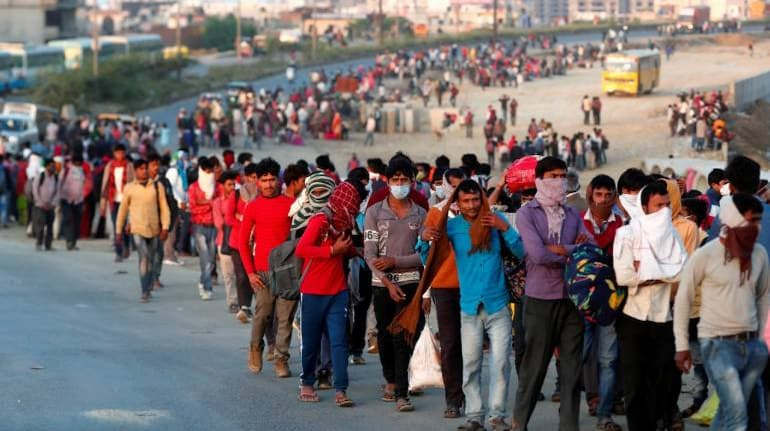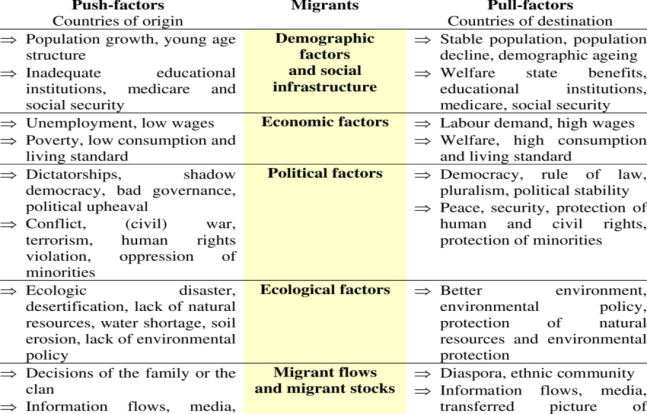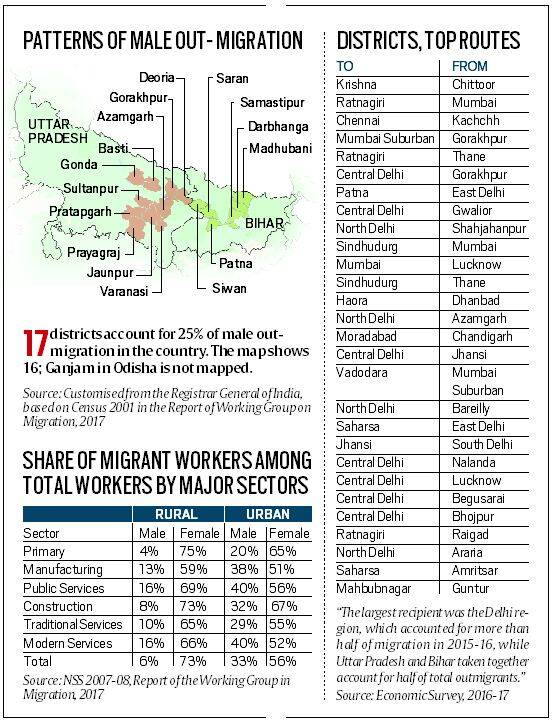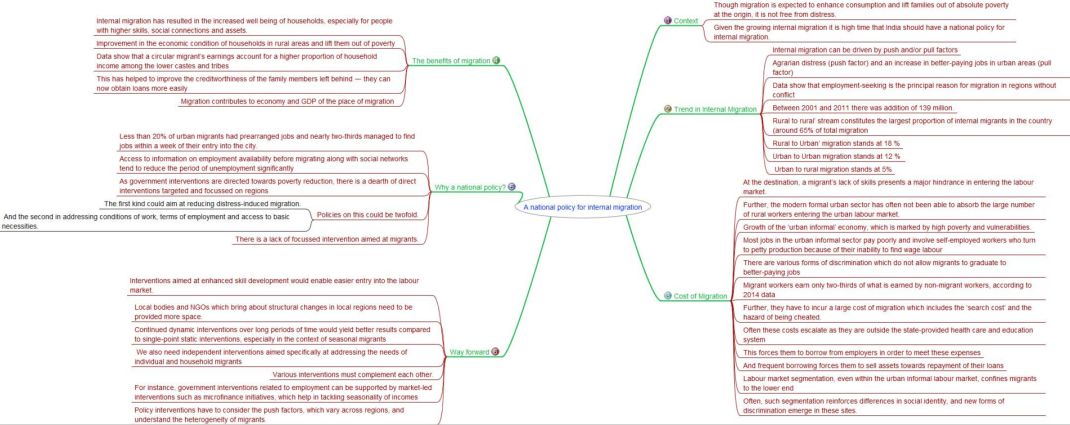Free Courses Sale ends Soon, Get It Now


Free Courses Sale ends Soon, Get It Now



Copyright infringement not intended
Context: Concern has been expressed by many manufacturers in Tamil Nadu regarding the viral videos alleging abuse of Hindi-speaking men, which has led to worries that migrant North Indian employees may leave the state.
Details
Migration

Status of Migrant workers in India

|
Significance of migration and migrants ● Migration bridges gaps in the demand for and supply of labour, efficiently allocating skilled labour, unskilled labour, and cheap labour. ● Migration boosts possibilities for employment and economic development, which in turn raises the quality of life. ● Through exposure to and engagement with the outside world, migration helps migrants increase their knowledge and abilities. ● The migrants contribute to their home state by sending extra money and remittances there. ● As migrants learn about new cultures, customs, and languages, their social lives improve, fostering greater equality and tolerance as well as a stronger sense of brotherhood among all people. |
Challenges Faced by Migrants:
legal framework for migrant welfare
State-level Initiatives

Recent step
Way forward:
Must Read: https://www.iasgyan.in/daily-current-affairs/migrant-crisis
|
PRACTICE QUESTION Q. Discuss the need for a national internal migration policy while drawing attention to the problems associated with internal migration in India. |
© 2024 iasgyan. All right reserved